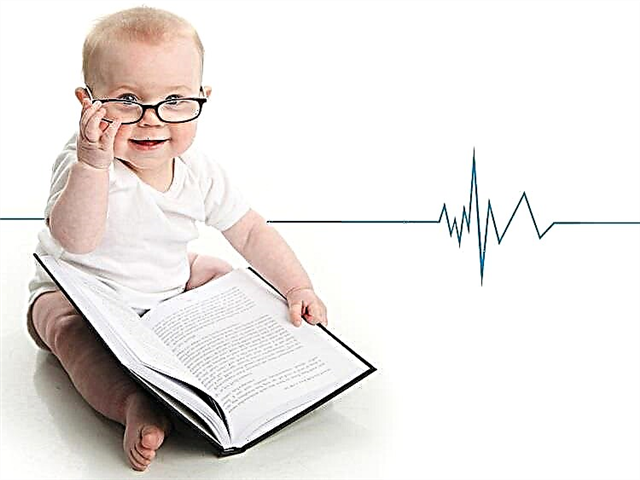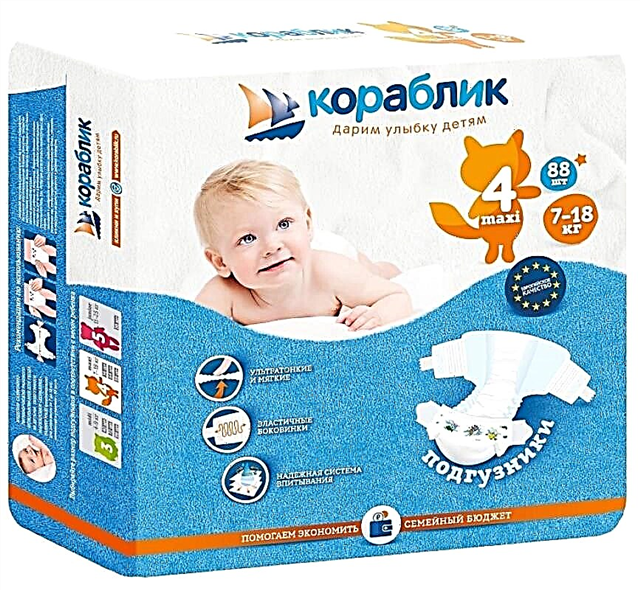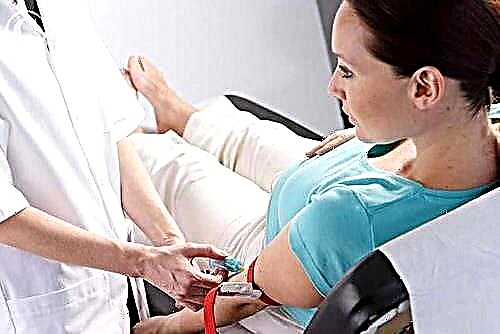
Vomiting is one of the most common symptoms of a child's illness. What is the baby sick with if a fever has joined the vomiting or vomiting suddenly appears with a fever? In what situations do you need to urgently call a doctor and how to act before an ambulance arrives? Let's figure it out.
How does it manifest?
Usually, before vomiting, the child feels nausea, his saliva may increase, his heart rate increases, the skin becomes pale. The body temperature can rise to different numbers. If the vomiting is caused by a fever, then after the stomach is empty, there is no more urge to vomit and nausea, and the child feels weak.
If the baby has an infection of the digestive tract, then the bouts of vomiting are repeated. The masses released during them are first food debris, and later become greenish-yellow, since they contain impurities of bile. The more often vomiting occurs, the weaker the child will be. He begins to show symptoms of dehydration.

What temperature is considered high?
The rise in temperature is determined in different places, so the indicators will differ depending on the characteristics of the measurement. If the temperature is determined in the rectum, then it will be elevated at a rate above + 38 ° C. The temperature determined in the oral cavity is considered high if it is more than + 37.2 ° C on the thermometer, and when it is determined in the armpit - if it is more than + 37.3 ° C (in a newborn - more than + 37.5 ° C).
Symptoms and possible causes, what to do?
Most often, the appearance in a child of a combination of two symptoms, such as fever and vomiting, is characteristic of infectious diseases. However, this is not necessarily a sign of digestive tract infections. A fairly common situation is vomiting in a baby with ARVI, scarlet fever, pharyngitis, bronchitis and similar diseases.
Consider the causes of vomiting and high fever in more detail:
No diarrhea
Both vomiting and temperature act as protective reactions of the body to the effects of various external factors. And if stool changes have not joined them, then the child's bowel function is not disrupted.
Usually, the absence of diarrhea in a child with vomiting and high fever is characteristic of diseases of the respiratory system, when the appearance of vomiting was triggered by high readings on the thermometer. As a rule, such vomiting occurs once, and the child is lethargic and capricious. A strong cough is also a frequent trigger of vomiting.
With diarrhea
The clinical picture, including episodes of vomiting, fever and loose stools, often indicates the presence of food poisoning or an acute intestinal infection.
In such cases, the baby's body tries to remove toxins or harmful microorganisms not only with the help of vomiting, but also by accelerating the movement of food through the intestines, which is manifested by diarrhea.

Calling a doctor or ambulance
The combination of vomiting and high fever is very dangerous for the baby, so in most cases, the baby should call a doctor.
You can not hesitate to seek medical help in such cases:
- Expressed diarrhea joined vomiting.
- Vomiting is repeated many times.
- Symptoms appeared after overheating or prolonged exposure to the sun.
- Vomiting interferes with soldering the baby.
- The child's condition worsened greatly.
- You have noticed symptoms of dehydration.
- There is an admixture of blood in the masses excreted by the child during vomiting.
First aid rules before the arrival of the doctor
- Calm your baby down as vomiting always scares the baby. Wash your baby and give some water to rinse your mouth.
- Always stay close to the baby and do not leave the baby alone after vomiting. If the baby is lying, it is better to turn his head to one side or put a pillow so that it is slightly raised.
- Immediately after vomiting, give your child plenty of small drinks to drink. The best choice would be special pharmaceutical solutions to restore the balance of minerals and water in the body. Alternate them with plain water, dried fruit compote, rosehip decoction. Start drinking a teaspoon every 5-10 minutes and then gradually drink more, but maximum 1/2 cup at a time.
- It is advisable not to feed the child for some time after vomiting. But, if the child asks for food, give him low-fat and viscous food, such as rice porridge or jelly. If the baby is breastfeeding, breastfeeding or formula feeding with vomiting and fever is not canceled.
No medications should be given to the child before the doctor arrives and the diagnosis is made. This can not only interfere with the doctor in determining the cause of health problems, but can further aggravate the baby's condition.

Symptoms of dehydration
You should be alerted by the following signs:
- The baby has very dry skin (it becomes less elastic), the mucous membrane on the lips dries out.
- The child cries without tears.
- Lack of urination in the last 3-4 hours or more.
- Deteriorated general condition, irritability, lethargy.
- In infants, loss of body weight and retraction of the fontanel are also noted.
Treatment
Since vomiting is characteristic of various diseases, its treatment will be determined by the cause of the appearance of this symptom. Specific treatment of vomiting in children is not carried out with special medications, but affect the underlying disease. If vomiting is repeated, it is imperative to take measures to prevent dehydration. This is especially important if the child is small.
It is also important to ensure that vomit does not enter the respiratory tract of the crumbs. It is better to give antipyretics in the form of suppositories or injections.

Signs that treatment is working
By observing the child and following the instructions of the pediatrician, parents will understand that treatment has a positive effect when:
- The number of bouts of vomiting decreased, and then the vomiting stopped.
- Body temperature returned to normal.
- The child's health improved.
- The kid became more active and he had an appetite.



